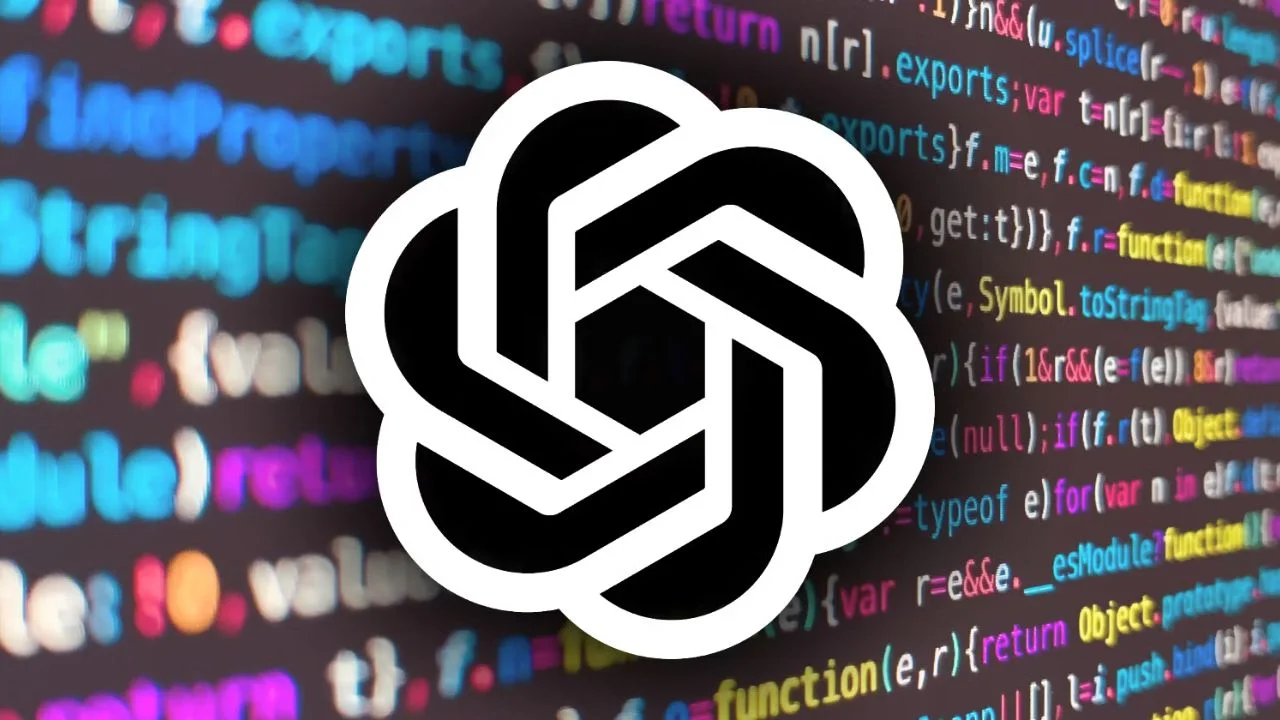Beyond code generation, ChatGPT emerges as a transformative tool for understanding, explaining, and enhancing your programming efforts—earning its title as the ultimate Code Whisperer.

In the rapidly evolving landscape of artificial intelligence, generative tools have taken center stage. One such remarkable innovation is ChatGPT, an advanced AI language model developed by OpenAI. While many are familiar with its ability to generate code snippets and complete applications, a lesser-known yet equally powerful feature is its capability to analyze, explain, and even rewrite existing code.
In this article, we’ll delve into how ChatGPT can not only assist in code generation but also elevate your programming experience by helping you understand and refine your existing code.
JavaScript has long been a cornerstone of web development. It powers everything from simple interactive elements to complex web applications. However, navigating the intricacies of JavaScript can be daunting, especially for beginners or even experienced developers encountering unfamiliar code.
Here’s where ChatGPT shines as a valuable resource. By simply inputting a JavaScript code snippet into ChatGPT, you can receive a comprehensive explanation of its functions and logic.
This capability extends beyond mere translation of syntax. ChatGPT can break down complex concepts, providing clarity on variables, functions, and the flow of execution.
For example, consider the following JavaScript code snippet:
function calculateArea(radius) {
const pi = 3.14;
return pi * radius * radius;
}
let area = calculateArea(5);
console.log("Area:", area);
By inputting this code into ChatGPT, you would receive a detailed explanation such as:
calculateArea function takes one parameter, radius.pi is defined as 3.14.Furthermore, ChatGPT can assist with real-time debugging. By providing specific error messages or code segments, you can receive targeted guidance on how to rectify issues.
For example, if you encounter an error while trying to execute the following code:
function addNumbers(a, b) {
return a + b;
}
console.log(addNumbers(5)); // Missing second argumentChatGPT can point out that the function addNumbers requires two parameters, and you’re only providing one. It might suggest modifying the code to include a second argument:
console.log(addNumbers(5, 10)); // Correct usage with two arguments
This feature empowers developers to not only understand the immediate problem but also learn from the solutions provided.
Open source software has become a pivotal aspect of modern programming, fostering collaboration and innovation. However, delving into existing code, especially C code from vast repositories like GitHub, can present challenges.
Fortunately, ChatGPT can assist you in understanding this often cryptic language. By feeding ChatGPT snippets from open source C code, you can receive detailed explanations of its structure and functionality.
Consider the following C code snippet from an open-source project:
#include <stdio.h>
void printNumbers(int n) {
for (int i = 1; i <= n; i++) {
printf("%d ", i);
}
}
int main() {
printNumbers(10);
return 0;
}
When input into ChatGPT, you would receive an explanation that breaks down the components of the code:
#include <stdio.h> includes the standard input-output library for using printf.printNumbers(int n) defines a function that takes an integer parameter n.n, printing each number to the console.main function calls printNumbers(10) to print numbers from 1 to 10.
Imagine having a resource that clarifies the role of pointers, memory management, and function calls in your code. This kind of insight is invaluable for both novice and experienced programmers.
Additionally, understanding open source projects often involves navigating through extensive documentation and community discussions. With ChatGPT, you can synthesize information from various sources quickly. This allows for a more streamlined approach to engaging with projects that pique your interest.
For instance, if you’re examining a larger codebase that includes multiple files and complex interactions, you can ask ChatGPT to explain how different components interact. This aids in grasping the overall architecture and design patterns utilized in the project.
Writing code is an iterative process, and refinement is key to producing efficient, error-free applications. ChatGPT’s capacity to improve existing code is one of its standout features.
After inputting your current code, ChatGPT can analyze it for best practices, suggest optimizations, and even propose alternative approaches to achieving the same functionality. This feedback loop is crucial for developers who strive for excellence in their coding practices.
Imagine a scenario where you’ve written a complex function, but it runs slower than expected. Consider this inefficient JavaScript code:
function findMax(numbers) {
let max = 0;
for (let i = 0; i < numbers.length; i++) {
if (numbers[i] > max) {
max = numbers[i];
}
}
return max;
}
By utilizing ChatGPT, you might receive a suggestion to improve performance by using the Math.max method:
function findMax(numbers) {
return Math.max(...numbers);
}
This one-liner not only improves readability but also enhances performance, as it’s optimized by the JavaScript engine.
This collaborative process is particularly beneficial for teams working on projects with tight deadlines. By leveraging ChatGPT’s suggestions, developers can streamline their coding practices.
Identifying potential bottlenecks becomes easier with ChatGPT’s analysis. You could input a function handling a large dataset and receive insights on optimizing it for speed and efficiency.
For example, if you have a function that processes a large array:
function processArray(arr) {
let result = [];
for (let i = 0; i < arr.length; i++) {
if (arr[i] % 2 === 0) {
result.push(arr[i]);
}
}
return result;
}
ChatGPT might suggest using the filter method for better performance:
function processArray(arr) {
return arr.filter(num => num % 2 === 0);
}
This not only makes the code more concise but can also improve execution time due to the internal optimizations in the JavaScript engine.
As the boundaries of artificial intelligence continue to expand, tools like ChatGPT are redefining the programming landscape.
Developers must prepare for a future where AI becomes an integral part of the coding process. Embracing tools like ChatGPT will not only enhance individual productivity but also foster collaboration within teams.
With AI assistance, developers can focus on more creative and strategic aspects of their work. This shift enables programmers to develop innovative solutions without getting bogged down by repetitive tasks.
Moreover, the integration of AI in programming supports continuous learning. As developers engage with ChatGPT, they can expand their skill sets and stay updated with the latest trends in coding practices.
For instance, when faced with new frameworks or languages, developers can utilize ChatGPT to learn about syntax and features, bridging the knowledge gap quickly and efficiently.
By embracing ChatGPT’s capabilities, you not only elevate your coding skills but also foster a deeper understanding of the code you create and modify.
Whether you’re a seasoned developer or just starting your coding journey, ChatGPT offers tools to unlock your full potential. Embrace this technology and see how it can transform your approach to programming.
The time has come to explore the limitless possibilities that AI tools like ChatGPT offer. As you integrate this powerful ally into your coding practices, you will find new pathways to innovation and efficiency.
Don’t just keep up with the trends—be a part of the revolution in programming!
In conclusion, as AI continues to evolve, so too does the landscape of coding. By leveraging the capabilities of ChatGPT, you can enhance your skills, streamline your processes, and contribute more effectively to the tech community. The future of programming is bright, and AI is at the forefront, guiding us into uncharted territory.
Subscribe and get 3 of our most templates and see the difference they make in your productivity.
Includes: Task Manager, Goal Tracker & AI Prompt Starter Pack
We respect your privacy. No spam, unsubscribe anytime.

AI tool that improves writing with smart paraphrasing, grammar checks & image generation.

AI platform for managing healthcare workflows, notes, and patient collaboration.

AI tool organizes your inbox by automatically sorting emails and reducing clutter.